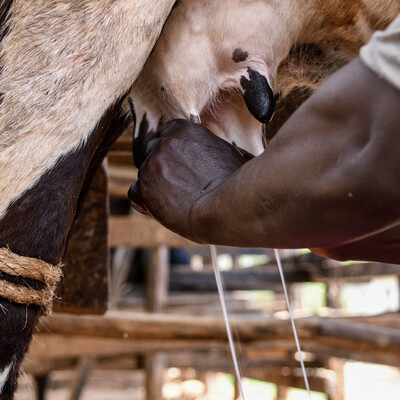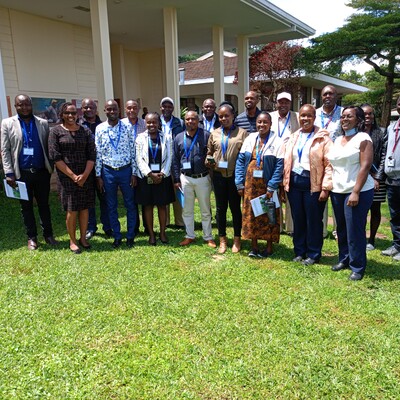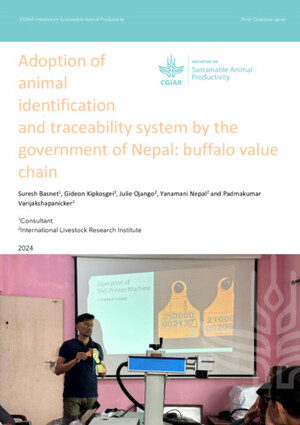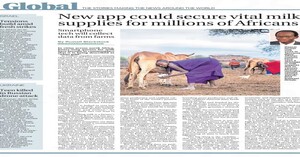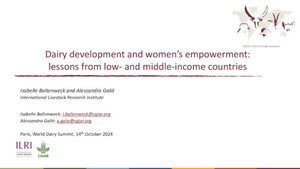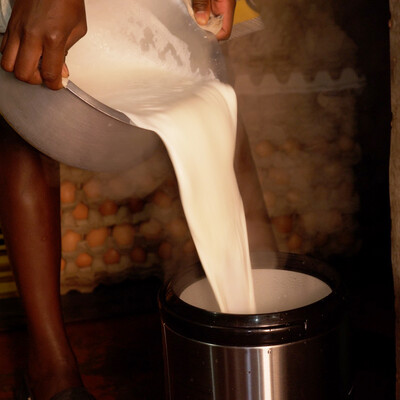
Profiling East Africa dairy project farmers – what the survey says
 In 2008, the East Africa Dairy Development (EADD) project provided extensive training on dairy productivity, business practices and operation, and dairy product marketing to 179,000 farming families in Kenya, Rwanda and Uganda. By 2012, EADD had supported 82 producer organizations contributing to the emerging dairy industry in eastern Africa.
In 2008, the East Africa Dairy Development (EADD) project provided extensive training on dairy productivity, business practices and operation, and dairy product marketing to 179,000 farming families in Kenya, Rwanda and Uganda. By 2012, EADD had supported 82 producer organizations contributing to the emerging dairy industry in eastern Africa.
The second phase of EADD runs from 2014 to 2018 and aims to improve livelihoods and increase income of more than one million people in Kenya, Tanzania and Uganda through dairy production.
Following the first phase, it was evident that timely and reliable data at farm level is critical. EADD II therefore
incorporates a more comprehensive and responsive learning component in the project. In addition to evaluation
surveys (baseline, mid-term and end term), the project is undertaking real time data collection at the farm level to
track the impact of on-farm dairy productivity. In addition to a baseline survey in 2014, a ‘recruitment survey’ was conducted between July and August 2015 to gather basic farmer information before the farmers participate in the longitudinal survey. The longitudinal survey collects data on on-farm dairy productivity, on a monthly basis, until October 2018.
In Kenya and Uganda, a farmer-centric data collection system accessible by farmers on their mobile phones, Ng’ombeplanner, will be used to collect the longitudinal data.
The farmers were trained on how to record their farm production and farm events using their mobile phones with additional support from site coordinators who follow up in cases of reported incidences. In Tanzania, the longitudinal data will be collected on a monthly basis by site coordinators (extension agents) using ODK (Open Data Kit.
This report provides summary information of the farmers participating in the longitudinal survey. The analysis is drawn from data gathered during the farmer recruitment survey. Section 2 of the report provides a brief on the survey methodology, while sections 3 and 4 provide regional and country specific summary statistics.








